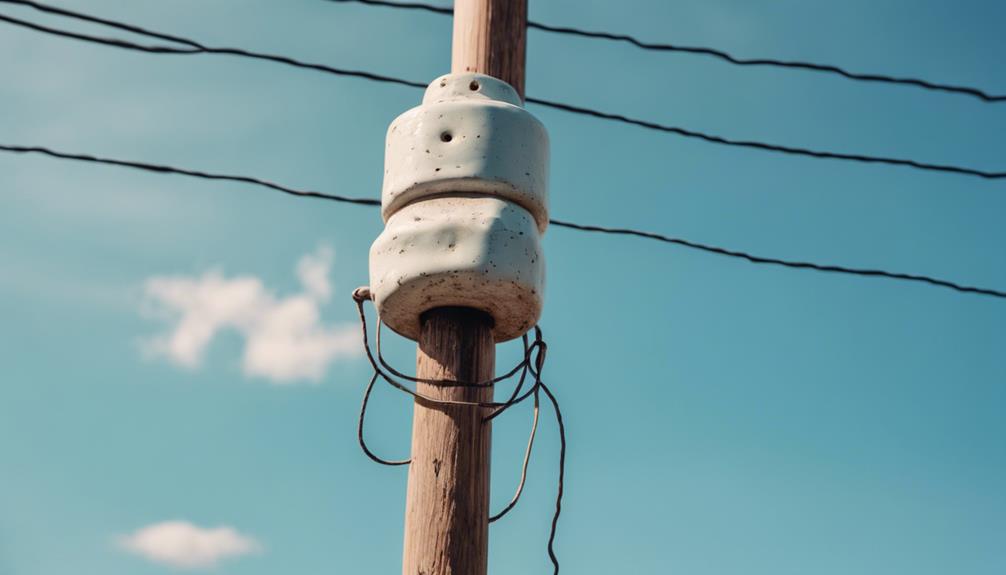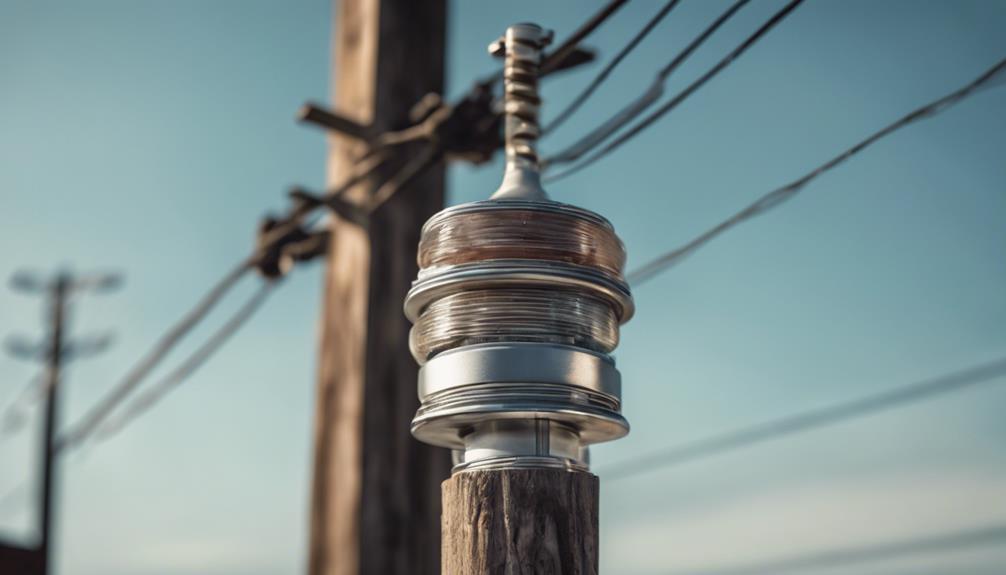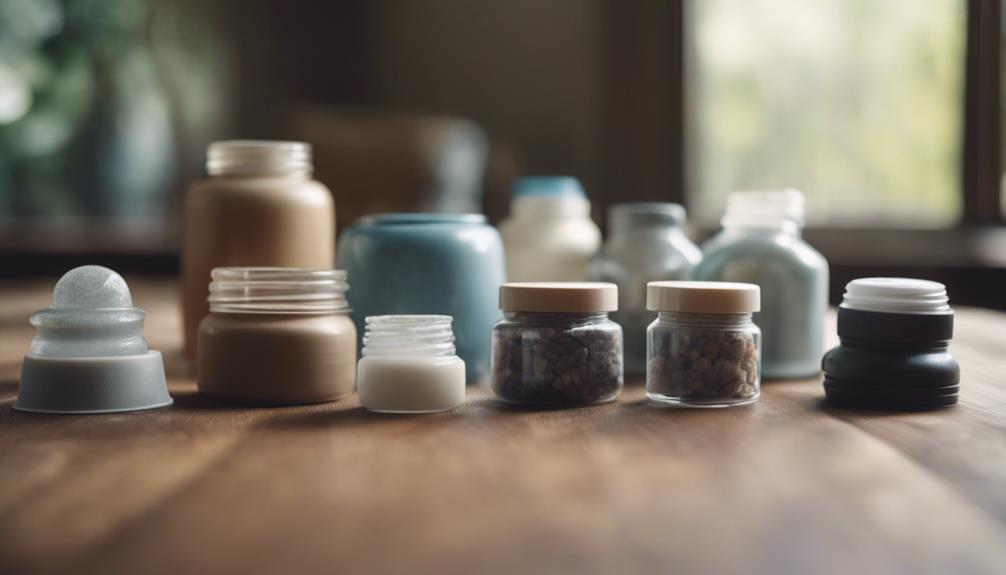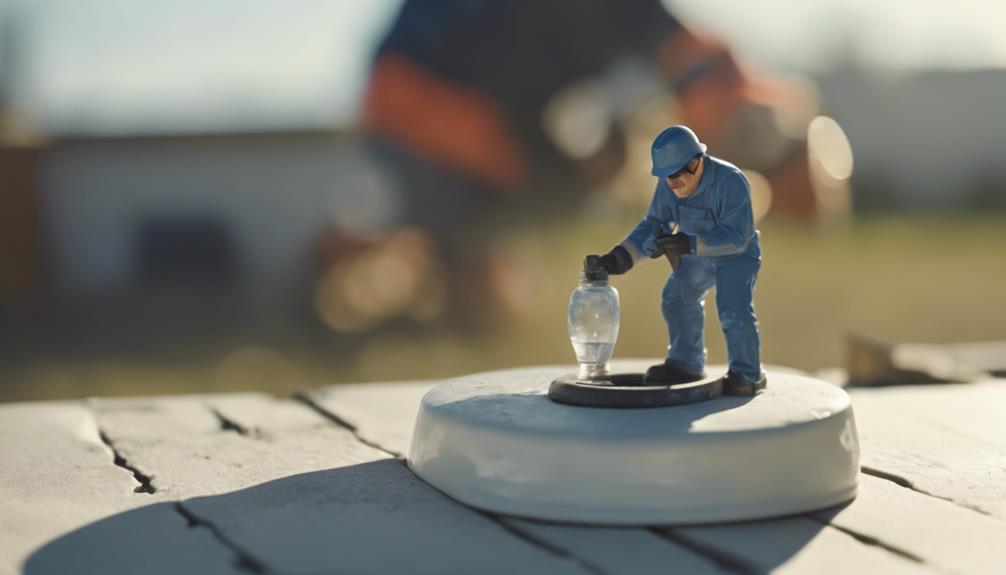
You've probably seen stand an insulator sit on power poles and provide silent protection with its slim design. Electric shock hazard . These components are more than just devices; they are essential to the safety and efficiency of energy systems. Composed of materials such as porcelain tiles and polymer composites. Each type serves a unique purpose, from providing more robust solutions to mechanical strength to improved weather resistance . But have you ever wondered how these materials are selected or what the best installation methods are? Let's explore the complexities of post-isolators, their functions, and why maintaining them can significantly impact the reliability of electrical systems. Are you curious about the challenges these insulators face?
The central theses
- Insulator posts prevent electrical currents from reaching the ground, improving the safety and performance of the system.
- Originally made from porcelain and glass, modern post insulators often use high-quality polymers.
- Types include shackle and tension insulators, each suited to specific mechanical loads and installation scenarios.
- Installation requires secure positioning and regular maintenance to control electrical performance and prevent failures.
- Advancements include smart coatings and sustainable materials that improve durability and environmental impact.
Understanding Support Isolators

Support insulators play an essential role in maintaining the stability and safety of airlines . As you explore their history, you will discover that these devices have evolved significantly. Originally stand insulators were simple, rudimentary designs made from materials such as porcelain and glass used primarily to prevent electrical grounding of the struts supporting the masts. They were important in early electrical systems where insulation technology was still in its infancy.
Over time, innovations in support isolator technology have significantly improved their functionality and reliability. The introduction of modern materials like high quality polymers and composite materials has made these insulators more durable and resistant to environmental stresses such as UV radiation and extreme temperatures. These advancements have not only extended its lifespan, lowered maintenance costs and improved overall system reliability.
Today you can see these innovations in the stylish designs and robust performance of modern post-insulators. They are no longer just functional components, but rather an integral part of the advanced technology that modern electrical infrastructure . As you explore their evolution further, you'll see how these small but powerful devices have kept up with the demands of an electrifying world.
Importance in energy systems
If you think about their development, Stay insulators are fundamental to improving the reliability and efficiency of modern energy systems. As you explore the complexity of these systems, you will discover that voltage regulation and safety protocols are integral components in which support insulators play a crucial role.
First, consider the importance of voltage regulation for the uniform and safe distribution of power in large networks. Post-isolators help maintain a stable voltage level, preventing unwanted fluctuations that cause power surges or failures. This stability doesn't just involve keeping the lights on; it is about ensuring that all aspects of the network are safe electrical parameters and thus extends the life of the infrastructure and reduces maintenance costs .
Additionally, safety protocols in power systems are stringent as there are potential risks associated with high voltage operation . Guyline insulators contribute significantly to these safety measures. They provide the necessary insulation of the support cables from the ground, prevent electrical shock, and ensure the safety of the power distribution system against Electric Shock Hazard This is to protect the equipment and personnel working on these systems.
How stay insulators work

To understand how voltage insulators work, it is important to understand their role in preventing electrical current from flowing through voltage wires to ground. These components are essential for maintaining the stability and security of power systems. They are not just devices; These are protections that ensure that high voltage does not stray from its intended path.
Post-insulators achieve this by being made from electrically conductive materials. This means they can interrupt the current path and confine it to the wires where it belongs. You may be wondering what impact this has on the overall system. Here's what you need to know:
- Insulator efficiency: High quality insulators reduce energy loss. By avoiding leakage currents, the current reaches its destination more easily.
- Maintenance Requirements: Due to the longevity of these insulators, replacements and repairs are required less frequently.
- Safety improvements: Isolation from electrical currents significantly reduces the risk of electric shock and fire.
- Ecological damage: Effective isolators help reduce carbon footprint by improving system performance and reducing operational emissions.
- Impact on costs: They may seem expensive at first glance, but over time the reduction in energy losses and maintenance costs will justify the investment.
Understanding how these isolators work will help you better appreciate the complex balance between technology and security in modern energy infrastructure.
Types of Support Insulators
Different support insulators meet different environmental and mechanical requirements in power systems. Options include Shackle Insulators used primarily on sharp bends AND Strain Insulators for heavier loads AND High Voltage Lines . These types adapt to different installation scenarios, each with unique challenges.
When installing shackle insulators, the main challenges lie in their compact size and need for precise positioning in support structures. Although they take up less space, they must fit tightly and securely to reduce stress on the masts during high winds or electrical loads.
On the other hand, because strain isolators are bulkier, they require more robust support systems. You will often need additional hardware or stronger support structures to support their weight and the mechanical load they can handle. Installing them doesn't just involve placing them; it's about ensuring they can handle the load without compromising the integrity of the entire line.
Performance testing is important for both types. You must ensure that they meet standards for dielectric properties, mechanical strength and durability. These tests simulate various weather conditions and mechanical stresses to verify the performance of insulators and ensure they are up to the task before installation.
Explanation of material selection

Choosing the right material for insulator posts depends on the expected performance under various environmental stresses. It is necessary to weigh factors such as durability and cost, not to mention the insulator's aesthetics and environmental impact. Each material brings benefits and challenges, making this choice more important than you might think.
Here's a quick overview of what you should consider:
- porcelain : Traditionally preferred for its mechanical resistance and excellent insulating properties.
- Glass : Offers a clear advantage in areas prone to pollution: it cleans automatically when it rains.
- Composite polymers : They are lightweight and vandal-proof; They are also aesthetically pleasing and less harmful to the environment.
- Wood : Although not as durable as other materials, it has a better environmental impact and can be aesthetically pleasing in rural or natural settings.
- Rubber : Provides excellent elasticity and moisture resistance, but may not be the first choice for high-stress environments.
You must select a material that meets operational requirements and aligns with your values around sustainability and design. Consider how long each material can withstand sun, rain and cold. Finally, the right choice ensures longevity and performance and reduces the need for frequent replacements.
Installation best practices
When installing post insulators, follow these best practices to maximize their effectiveness and lifespan.
First, wear protective clothing, gloves, and safety glasses to ensure safety during installation and to ensure you are working in a safe environment without potential electrical hazards.
Before beginning installation, familiarize yourself with grounding techniques . Grounding is important to protect the system and yourself from power surges. Connect the insulator post to a grounding system according to the instructions. Manufacturer Guidelines This step is important because improper grounding can result in system failure or safety hazards.
You must carefully choose the location for your insulators. They must be placed where they can effectively balance mechanical stress without compromising line integrity. Make sure the mounting surface is stable and can support the weight and tension of the cables.
When assembling the insulator, make sure that all connections are tight and secure. Loose connections can lead to mechanical failures and shorten the life of the insulator . Check each connection point and use the appropriate tools to achieve the correct torque.
Finally, hold a detailed dataset of the installation process. This documentation is invaluable for routine testing and future maintenance .
Maintenance and care tips

Check your insulators regularly to ensure they remain in good condition and function effectively. Look for signs of wear or damage that may affect its performance. How to properly care for your insulators and ensure a long service life.
- Schedule regular inspections: Make a habit of checking your insulators at least twice a year. Look for cracks, chips or signs of environmental damage.
- Use proper cleaning techniques: Use soft brushes and recommended cleaning solutions to avoid damaging the insulator surface. Aggressive chemicals can damage materials.
- Monitor performance regularly: Monitor the electrical performance of your insulators. Fluctuations may indicate an underlying problem that requires immediate attention.
- Tighten connections: Make sure all hardware connections are tight and secure. Loose connections can cause failure and reduce the effectiveness of the isolator.
- Keep records: Keep a record of all maintenance activities. This helps track the history of the insulator and can be invaluable in diagnosing future problems.
Common Challenges
You will encounter several common challenges when maintaining support insulators, each requiring specific solutions to ensure maximum performance. A major challenge is the influence of climate. Frequent exposure to extreme conditions such as intense UV radiation, heavy rain or freezing temperatures can seriously affect the lifespan and effectiveness of your insulators. You will find that regular inspections are important for weather-related damage and make timely repairs or replacements.
Another important aspect is carrying out a thorough cost analysis . You need to understand the financial impact of different maintenance strategies. For example, opting for cheaper, lower quality materials may save you money initially, but this may lead to higher costs later due to more frequent breakdowns and replacements. On the other hand, investing in higher quality options with better durability can add greater value over time and reduce the need for constant maintenance.
You need to balance your immediate budget constraints with long-term performance goals to effectively meet these challenges. This approach ensures your isolators remain functional and cost-effective, minimizing downtime and maximizing efficiency. Remembering proactive maintenance and strategic planning are key to successfully addressing these common challenges.
Future trends in insulation technology

As we address these maintenance challenges, we also want to examine new trends in insulation technology that could redefine its management and effectiveness. You're probably familiar with traditional insulation materials, but the landscape is changing quickly. Advancements don’t just improve performance and bring sustainability to the forefront. Here's what you should keep in mind:
- Smart coatings : These aren't just any colors. Imagine coatings that adapt to temperature fluctuations and improve energy efficiency. They will revolutionize the way buildings store heat or cool – all at low cost.
- Recyclable materials : Insulation becomes more environmentally friendly. Materials that previously went to landfills are now reused to keep your spaces warm or cool. It's good for your pocket and even better for the planet.
- Aerogels : This super-lightweight material offers exceptional thermal resistance. It could soon be the standard for high-performance insulation.
- Phase change materials (PCMs) : These materials absorb or release heat as they change state, helping to maintain a comfortable internal temperature more naturally.
- Graphene Inclusion : Known for its incredible strength and conductivity, graphene is used in insulation products to improve their thermal and acoustic properties.
Stay tuned as these innovations will change the way you think about insulation.
Conclusion
You've seen how important Stay insulators are in maintaining the safety and efficiency of energy systems. By choosing the right materials and adhering to installation best practices you can tackle common challenges effectively.
Remember to maintain your insulators regularly to ensure superior performance . As technology advances, look for new advances in isolation for system reliability .
Be proactive and you will significantly contribute to safer and more efficient electrical systems.
Common questions
What are post insulators made of?
Post insulators are commonly made from porcelain, glass, or composite polymers. These materials provide excellent insulating properties and durability, essential for resistance to environmental stresses.
How do support isolators increase safety?
Guyline insulators prevent electrical currents from reaching the ground, reducing the risk of electric shock and fire. Guy wire insulation contributes significantly to the overall safety of power distribution systems.
Why is it important to support isolator maintenance?
Regular maintenance ensures that support insulators remain in optimal condition and maximize their effectiveness and service life. Inspections help detect wear or damage and allow for timely repairs and replacements to prevent system failures.

